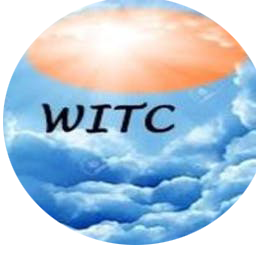Due to Putin’s war in Ukraine, the UN faces intense scrutiny regarding the structure and mechanism it uses to carry out its missions.

The Vetoing System of the United Nations
Basically, it’s a UN process where five countries can block any resolution that does not support them. The process continues to thrive today, despite many countries’ views that it is highly undemocratic. The UN process should be flexible and democratic.
The veto power of the United Nations Security Council consists of the five permanent members (China, France, Russia, the United Kingdom, and the United States) who have the right to veto in a “concrete” resolution.
Nonetheless, a draft resolution may be adopted even when a permanent member is absent or abstains. “Procedural” votes, in which the permanent members themselves find the outcome, do not fall under this veto power. A permanent member also has the right to veto the choice of a Secretary-General, though it is not necessary since the vote occurs behind closed doors. The UN veto system should be unarguably open.
The veto power is controversial for the following reasons:
- Proponents who support it see it as a factor of international stability
- Prevents military intervention
- It is a crucial safeguard against US dominance.
The veto is considered by many to be the least democratic aspect of the UN. Veto is responsible for the lack of action on war crimes and crimes against humanity because it prevents the investigation. Therefore, the veto is considered as one of the factors that contribute to the UN’s weakness.

The Veto power came to be after the decolonization of third world countries becoming independent leading to a widening of the membership of the United Nations. That in turn, eroded the Western majority in the 1960s. With the emergence of the Third World, Western powers often suffered defeat, which led the United States to use the veto as a weapon.
For the Security Council to exercise its veto power, must consult and act according to Article 27 of the UN Charter. An affirmative vote of nine members is needed for the Security Council to take any decision on a procedure.
Top Countries that Use Veto Powers Frequently
After the first United States veto in 1970, a Russian ambassador was quoted as saying, “We used to impose our will on other countries and force it down their throats. Yet times have changed.” Indeed, time changed but not for the better as the veto power continues with its destructive and undemocratic tendency.
From 1970 to 1991, the United States cast 56% of the vetoes, sometimes joined by French and British bans. Compared with the other Western powers, Russia used vetoes less often during the same period in review, and the People’s Republic of China only used them once.
Perhaps we should return to the end of the Cold War Era (from May 31, 1990, to May 11, 1993, was the most extended moment in the UN’s history without vetoes).
The use of veto leaves the UN helpless, powerless, and, to put it mildly, fragile.
In the early 21st century, the use of the veto started to increase again because of the Syrian Civil War.
Russia has used its veto more often than the U.S. and China since 1992. The U.K. and France did not use their vetoes until 1989.
Furthermore, while Assembly resolutions are not legally binding, they can reflect and influence global opinion.
In conclusion, it would not be correct to condemn the UN outright, for we have seen its peace-keeping forces all over and many more successes achieved. However, certain aspects of its structure and mechanism may need restructured and improved.
This is so that it can dispatch its services without finding itself in a corner with its hands tied. Ukraine is an example of this.
The way it’s financed, and its five permanent members with veto power make it difficult for the global body to function correctly.
If you like what you read, please follow, and subscribe.
Thanks for reading!
